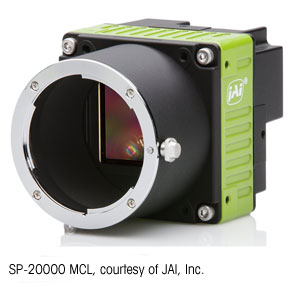
A recent report by IHS has shown that in 2012, capital expenditure on industrial automation equipment in Asia reached a total of $76.6bn, representing 46% of global investments in the sector.
Despite this established and rising trend, selling industrial automation equipment in Asia remains a clear business opportunity and one where many European providers are lagging behind.
Despite the first half of 2012 seeing an Asian market slowdown, with only a 3.7% growth in overall revenue from industrial automation equipment, the second half of the year showed definite improvement. The positive trend has continued in 2013, with the industrial automation sector set to grow by 6.2%. In such a dynamic market, getting new business can be both a business and technical challenge.
One of the key areas of opportunity is the power industry, where the booming consumer and industrial power markets in developing economies such as China and India have created rocketing demand. In China the per capita energy use is still a long way behind most of Western Europe, meaning the potential for growth is still huge. Without question, Asia represents a perfect storm of opportunities for European automation suppliers.
In order to help businesses better understand how to take advantage of the current climate and increase their industrial automation sales in Asia, particularly China, the CC-Link Partner Association (CLPA) is hosting a seminar entitled ‘Gateway to China’. The event will take place on 24th September at the Mitsubishi Electric Europe Tokyo Conference Suite in Hatfield.
For more information on the speakers and to book tickets for the event, visit the CLPA’s EventBrite page gateway-to-china.eventbrite.co.uk/.
In light of the sensitive current economic climate, many Asian companies are taking a more careful approach to investment – they are becoming more demanding towards their suppliers and making more enquiries before purchasing. Furthermore, according to IHS’ research, several Chinese manufacturers are currently developing products which are in direct competition with the ones provided by Western suppliers of industrial automation solutions. These are only a few of the obstacles facing European vendors who want to penetrate the Asian market to change the way they do business.
Flexibility and the ability to respond to very specific demands are becoming essential factors when dealing with the Asian market. Being able to offer technologies and products which are compatible with the needs of Asian clients is no longer an option, it’s a must.
– See more at: http://www.connectingindustry.com/automation/asia-claims-almost-half-of-automation-sales.aspx#sthash.4z4uCkA2.dpuf
refer to:http://www.connectingindustry.com/automation/asia-claims-almost-half-of-automation-sales.aspx




